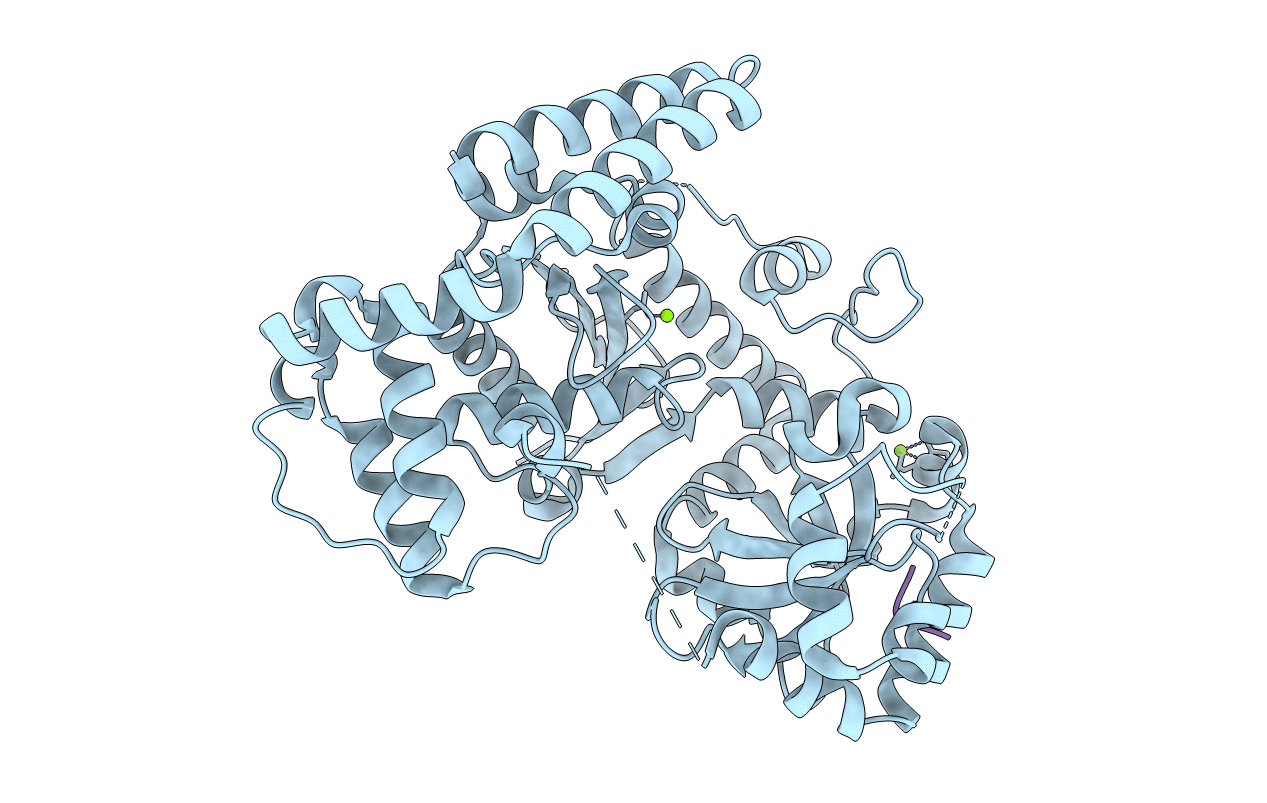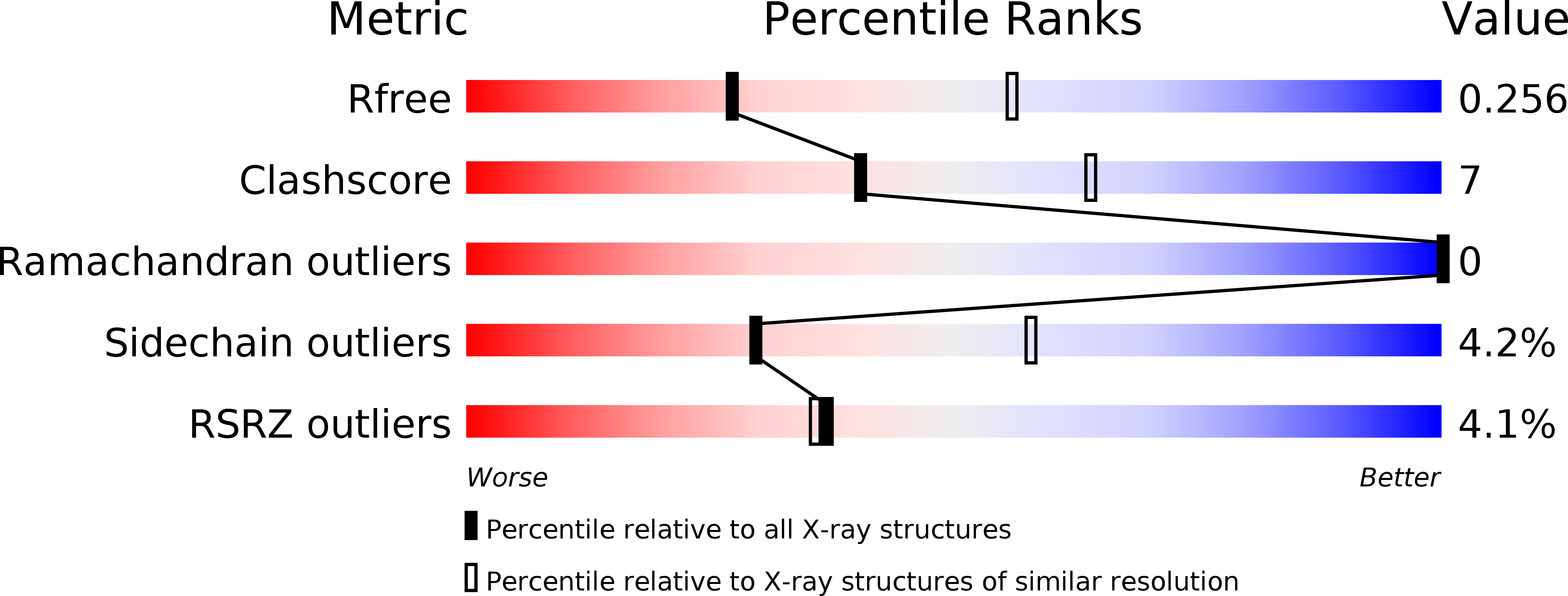
Deposition Date
2008-02-15
Release Date
2008-07-08
Last Version Date
2023-08-30
Method Details:
Experimental Method:
Resolution:
2.70 Å
R-Value Free:
0.25
R-Value Work:
0.19
R-Value Observed:
0.20
Space Group:
P 21 21 21


